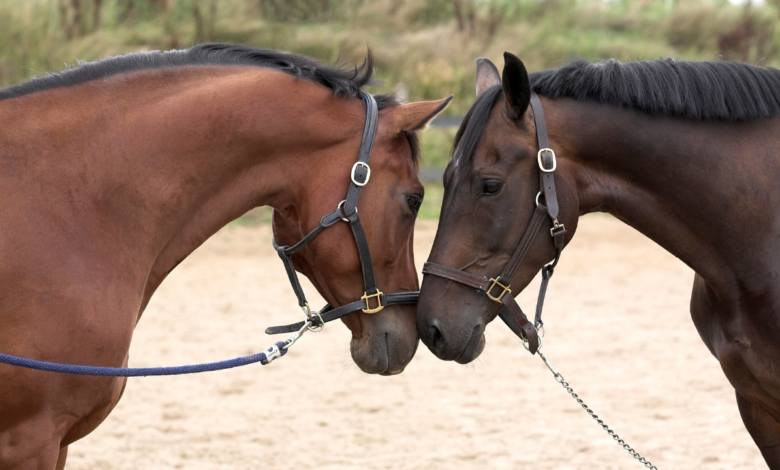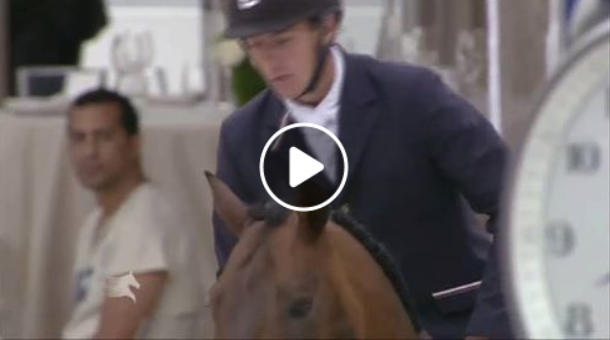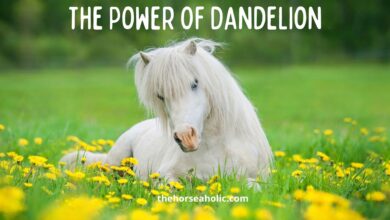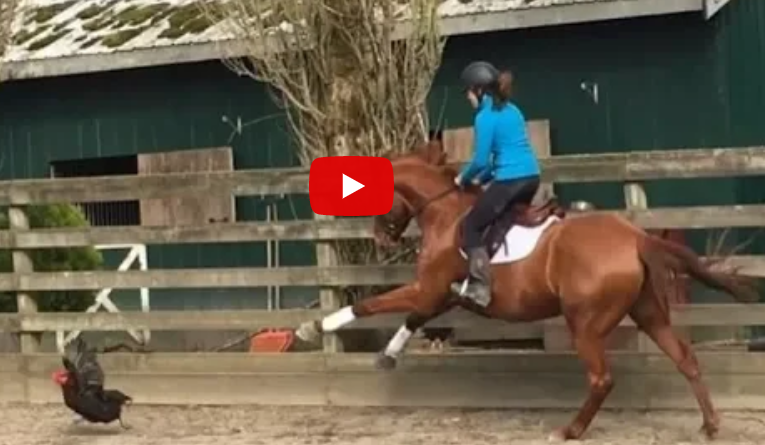Discovering the Hidden Language of Horses: Lessons We Can Apply in Our Daily Lives
Learn How Horses Communicate and What We Can Learn From Them

Horses have been used for transportation, work, and recreation for thousands of years. Their intelligence, grace, and beauty have captured the hearts of humans throughout history. But beyond their physical attributes and usefulness, horses possess a sophisticated communication system that is both fascinating and complex. Understanding this language can deepen our connection with horses and improve our interactions with them.
Horses communicate through a variety of means, including body language, vocalizations, and scents. Their communication is nuanced and can convey a range of emotions and intentions. For example, a horse may pin its ears back, lower its head, and swish its tail to indicate aggression or discomfort. On the other hand, a relaxed horse may have soft eyes, a lowered head, and a relaxed posture. Understanding these subtle signals can help us to better understand a horse’s state of mind and adjust our behavior accordingly.
One of the most important aspects of horse language is their use of body language. Horses are highly attuned to the body language of others and can communicate a wealth of information through their own body movements. For example, a horse may signal submission by lowering its head, backing away, or turning its body away from a dominant horse. Alternatively, a horse may indicate aggression by standing tall, arching its neck, and flaring its nostrils.
Horses also communicate through vocalizations, although they are less reliant on this form of communication than on body language. Horses may make a range of vocalizations, including neighs, whinnies, snorts, and squeals. These vocalizations can indicate various emotions or intentions, such as calling out to other horses or expressing anxiety or discomfort.
Scent is another important aspect of horse communication. Horses have a highly developed sense of smell and can use scent to communicate information about their identity, social status, and reproductive state. For example, mares in heat may emit a pheromone that attracts stallions, while dominant horses may use their scent to mark their territory.
So how can we learn from horses and apply their communication system to our own interactions with them? One key is to pay close attention to their body language and other nonverbal cues. By observing a horse’s posture, movement, and facial expressions, we can gain insight into their emotional state and intentions. This can help us to anticipate their behavior and respond appropriately.
Another important element is to develop our own body language and communication skills. Horses are highly attuned to the body language of others and can pick up on subtle cues that we may not even be aware of. By becoming more aware of our own body language and practicing clear, consistent communication, we can better connect with horses and build trust.
Finally, it’s important to remember that every horse is unique and may have their own individual communication style. Just as humans have different personalities and communication styles, horses also have their own quirks and preferences. By taking the time to get to know each horse as an individual, we can better understand their communication and build a stronger relationship with them.
In conclusion, the language of horses is a fascinating and intricate system that can deepen our understanding of these majestic animals. By paying attention to their body language, vocalizations, and scent, we can gain insight into their emotional state and intentions. By developing our own communication skills and getting to know each horse as an individual, we can build a stronger connection with them and enhance our interactions. The language of horses is a reminder that communication is not limited to words, and that by learning from other species, we can enrich our own lives and relationships.
Thanks for reading! If you’d like to receive our newsletter or be eligible for giveaways click here. If you enjoyed this article please share it with your friends on Facebook!





